Alpaca guinea pigs: description and subtleties of care
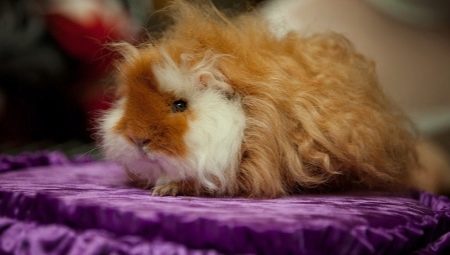
The alpaca guinea pig is one of the most popular pets among rodents. What are the features of a fluffy animal? How to properly care for him and what conditions of detention must be observed? Read more about this in our article.
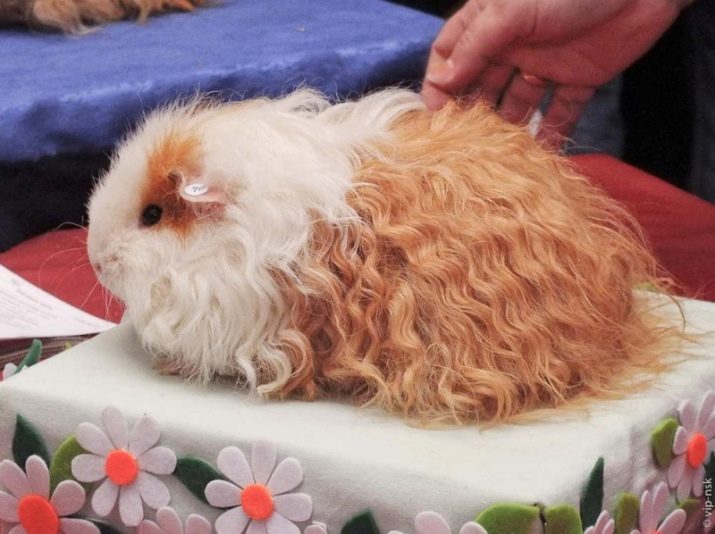
general characteristics
Before purchasing an alpaca as a pet, it is important to familiarize yourself with all the characteristics of the animal.
The alpaca guinea pig got its name due to its long hair, which in its softness and smoothness resembles the wool of cloven-hoofed alpaca llamas. By their biological nature, these rodents are not natural. Alpaca is a hybrid specially bred by American scientists.

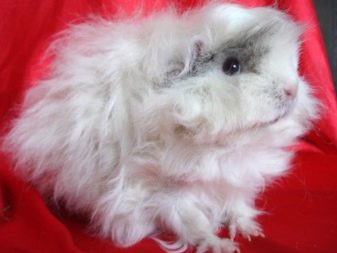
In terms of its dimensions, a guinea pig can reach a length of no more than 20 centimeters, and can weigh about 1 kilogram. However, these indicators are more related to males, and the females of the species are usually smaller and lighter.
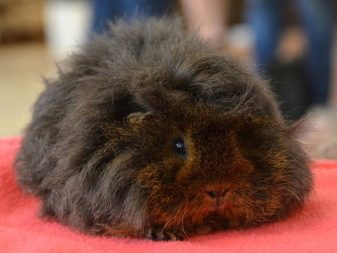

The very wool of alpaca guinea pigs deserves special attention.
By itself, it is quite fluffy and thick, reaching a length of 12 centimeters. Moreover, the whole body is covered with wool, including the head (here a real bang grows at the alpaca).
As for the color of the animal, it can be very diverse (more often multi-colored, and not monochromatic). So, quite often there are options for combining white and black, red, etc.


The life span of an alpaca varies from 5 to 8 years. Most often, it is at the lower limit of this range, however, if the animal is healthy and properly cared for, it is possible to extend its life by several additional years.
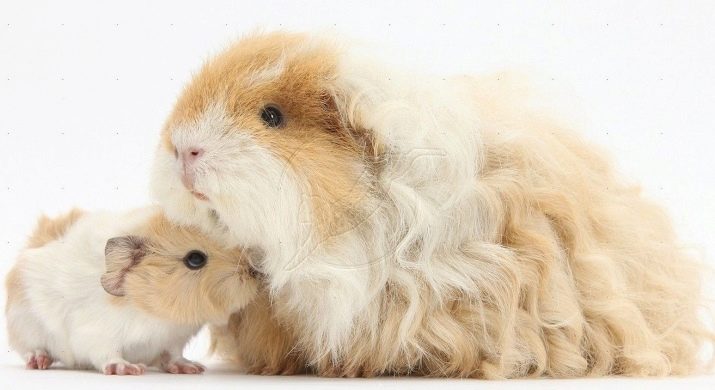
How to take care of it properly?
It should be noted right away that alpaca guinea pigs require rather careful and specific care. That is why everything should be carefully thought out and analyzed before starting such a fluffy rodent at home.
Obviously, the main distinguishing feature of the animal, the coat, requires special care. It must be regularly combed out and in no case should it be allowed to entangle and form various tangles.
In addition, the alpaca itself needs to be regularly bathed in warm water. This must be done very carefully.


Another important factor is the temperature regime. In order for the pig to feel good and to be able to calmly carry out its vital activity, it is necessary to maintain a constant temperature regime. So, the thermometer should not fall below 20 degrees Celsius and rise above 24 degrees. In addition, drafts and sudden temperature fluctuations must be avoided. In case of non-observance of the necessary conditions, it is likely that negative consequences will appear in the form of hypothermia or heatstroke in the mumps.
It is important to remember that fluffy rodents do not like noise and din, they prefer to live in calm and quiet conditions.
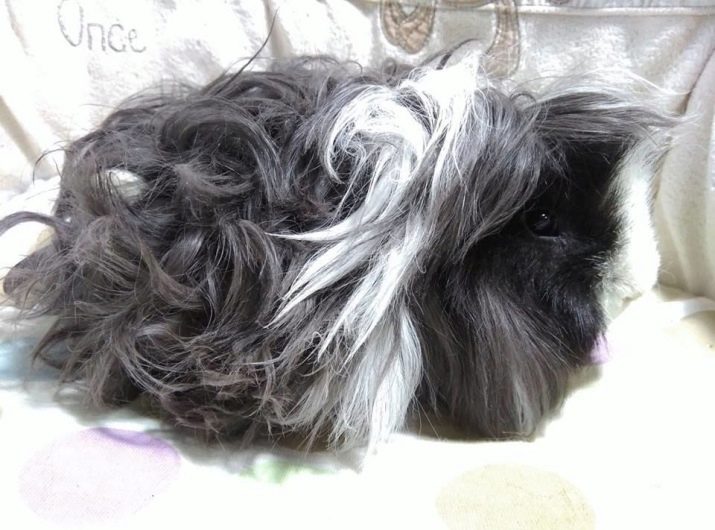
Therefore, if you live on the first floor and your windows face the motorway or your house is filled with children, then you should not have such an animal. In addition, it is necessary to constantly let the alpaca out of the cage so that it has the opportunity to walk and run in large areas. The fact is that the immobile lifestyle of a rodent can cause its obesity. Alpacas are those animals that are very prone to this disease.
The alpaca guinea pig is a largely inactive animal, so special attention should be paid to nutrition. As feed, you can use special complexes that can be purchased at almost every zoological store. Usually they are saturated with all the useful vitamins and minerals necessary for the full functioning of the rodent's body. In addition, fruits (in particular, apples and bananas) can be added to the diet of a fluffy pet.
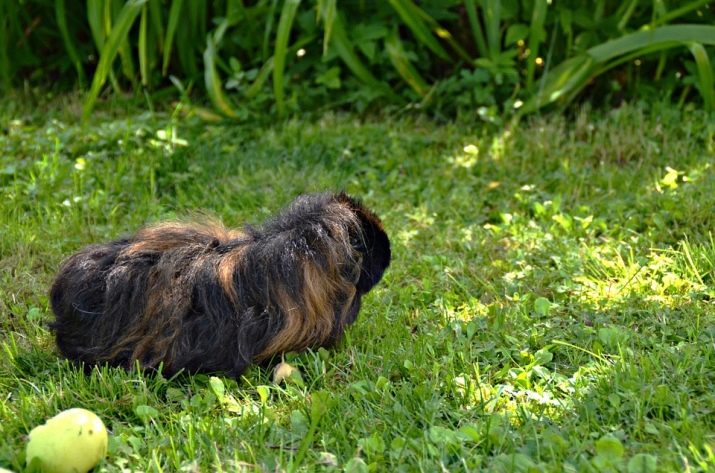
Feeding can be done several times a day. Moreover, at the moment when you add a new portion of food, the bowl must be cleaned of the remnants of the old one.
Also, carefully monitor the amount of water in the drinker.
Failure to comply with the rules and diet can lead to the occurrence of various kinds of diseases. At the first manifestations of the disease, you should contact your veterinarian.
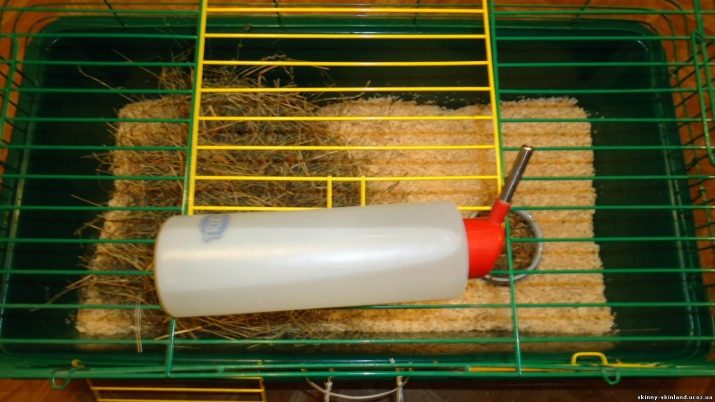
Alpaca cage
Generally speaking, an alpaca needs to be kept in a cage. However, this cage should be large and spacious. The optimal cell size is considered to be 50 centimeters by 70 centimeters. Thanks to such an area, the animal will be able to move freely around its home and feel a certain space.
It is not recommended to keep several animals in one cage, as aggressive fights can arise between them for dividing the territory.
The bottom of the cage must be covered with dry grass, which should be replaced regularly.
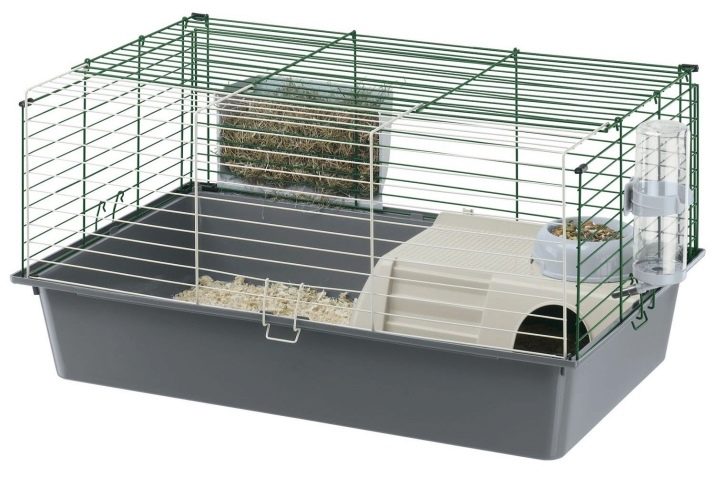
In the warm period of the year - in spring and summer - you can use fresh grass, however, it must first be disinfected (this can be done with boiling water) so that the animal does not catch diseases or become infected with pests.
In addition, the cage itself should not be empty. It needs to be filled with a variety of additional elements and items for entertainment, toys. For example, you can put a running wheel or a house.
Choose a cage made of durable material (it is best to give preference to metal or wood). Thus, the animal will not be able to break its dwelling, and it will serve for a rather long period.

Reproduction
The ability to reproduce in alpacas appears from the second month of life. However, in order to obtain viable and healthy offspring, rodents should not be crossed so early. A better option would be crossing at least 4 months.
During pregnancy, females can be very aggressive and bite, so at this time they can rush at a person, and therefore one should be very careful (especially children).
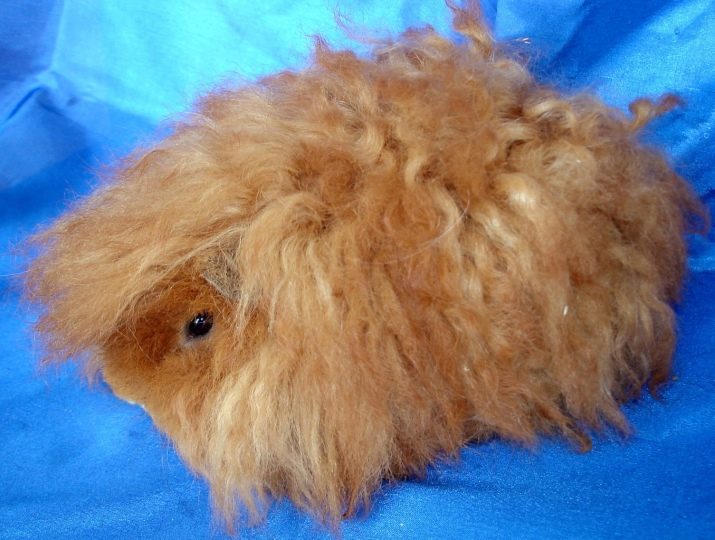
The gestation period for fluffy pets lasts about 2 months, and at one time they can give birth to 2 or 3 babies (this number is typical in the first pregnancy, in subsequent times the number of babies can increase to 8).
Reviews
According to reviews from alpaca owners, these animals are a great pet option. They are very friendly and quickly make contact with people. They are also smart enough. However, one should take into account the fact that pigs can make noise at night.... As mentioned above, they need careful care, therefore, before starting an animal, soberly assess your strength, because if the rules are not followed, the animal can become very sick or even die.
How to properly care for a guinea pig, see below.








